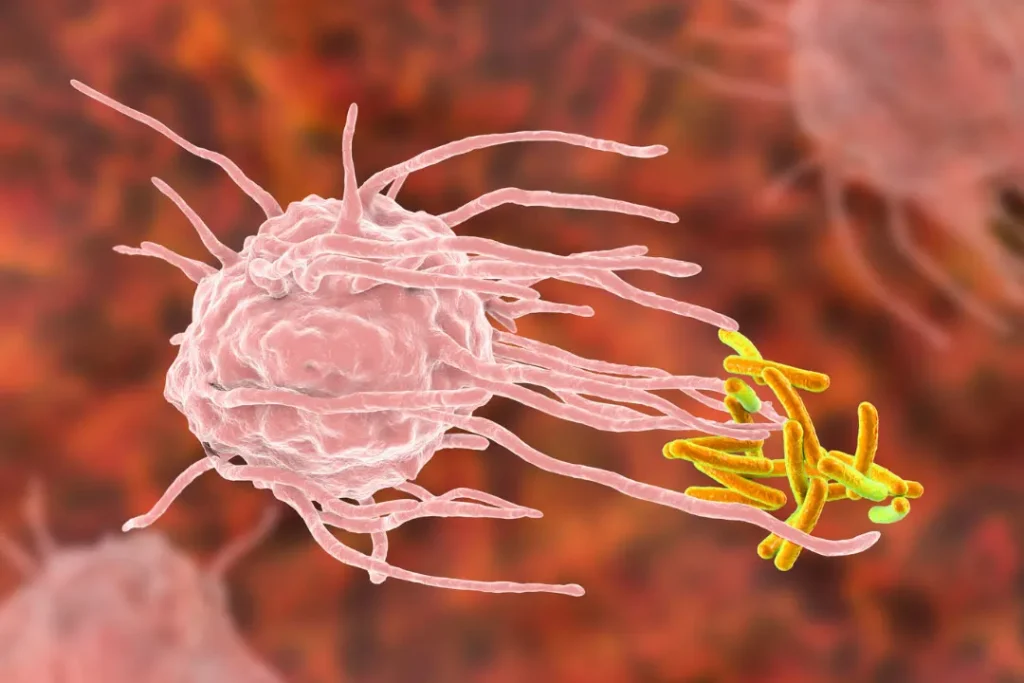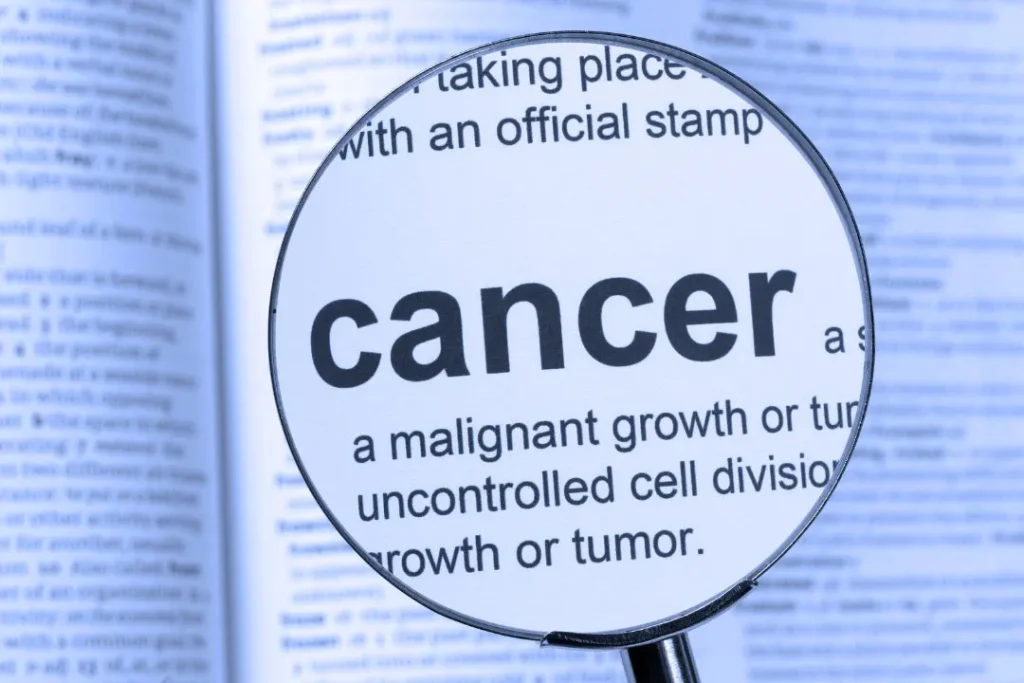Known also as biscuitroot, desert parsley (Lomatium dissectum) is a perennial plant that is indigenous to western North America and southwestern Canada. It has a fascinating history of being used medicinally by Native American tribes, and it is currently the subject of scientific research as a possible nutritional supplement. Its chemical composition, health advantages, recommended dose, negative effects, potential interactions, and recommendations for safe usage are all included in this review.
You May Also Like:
CBD for Concentration: 3 Epic Benefits that Boost Your Focus
CBD for Concentration: The Productivity Hack for Energy and Focus
Desert Parsley: Benefits, Dosage, Side Effects, Drug Interactions, and Other Important Information is an original (NootropicsPlanet) article.
The Nature of Desert Parsley
The abundance of bioactive chemicals in Desert Parsley is principally responsible for its medicinal potential. A variety of volatile oils, fatty acids, and resins are present. The occurrence of coumarins and terpenoids among them is particularly interesting. Terpenoids are a huge and diversified family of naturally occurring organic compounds with a wide range of medicinal activities, in contrast to coumarins, which are naturally occurring phytochemicals with extensive biological activity.

Health Benefits of Desert Parsley
Desert Parsley has special terpenoids and coumarins that work together to promote health. Native American cultures have long utilized the herb to treat a range of illnesses, including wounds, digestive issues, and respiratory infections.
Recent scientific studies have started to support these historical usage. Terpenoids found in Desert Parsley are said to have strong antiviral and antibacterial properties. By preventing the growth of bacteria, viruses, and fungus, these substances make the plant a possible all-natural remedy for warding off infectious disorders.
In addition, the coumarins included in Desert Parsley have been shown to have antioxidant and anti-inflammatory effects. These might be useful for controlling inflammatory situations and scavenging dangerous free radicals, reducing cell deterioration and enhancing general health.

Chemistry of Desert Parsley
The special phytochemical components of desert parsley, coumarins and terpenoids in particular, are what give it its therapeutic power. A class of phenolic compound known as coumarins has a wide range of bioactive characteristics. The health advantages of Desert Parsley are further enhanced by its antibacterial, antifungal, antiviral, anti-inflammatory, and antioxidant properties. Terpenoids are a sizable family of naturally occurring organic compounds and another important part of Desert Parsley. Many of these molecules have been proven to have strong antibacterial and antiviral properties.
These substances work together synergistically in the plant to provide a potent medicinal combination. It is crucial to source high-quality, standardized extracts because the precise ratio of these components might change depending on things like the plant’s growth environment and the extraction technique.
Physiological Mechanisms of Action of Desert Parsley
The positive benefits of Desert Parsley’s bioactive components are exerted through a variety of interactions with the body’s biological systems, including those involving the coumarins and terpenoids. The terpenoids’ capacity to interfere with the cellular functions of pathogenic organisms and so prevent their development and multiplication is the basis for their antibacterial and antiviral properties.
Since cyclooxygenase-2 (COX-2) and lipoxygenase are major contributors to the body’s inflammatory response, coumarins’ anti-inflammatory actions are correlated with their ability to suppress their synthesis. This process helps to explain why the plant has historically been used to treat diseases like rheumatism and arthritis. It is similar to the mechanism of action of non-steroidal anti-inflammatory medications (NSAIDs).
Additionally, the coumarins’ antioxidant action can be related to their capacity to scavenge dangerous free radicals and shield cells from oxidative damage, which can result in chronic illnesses including cancer and cardiovascular disease.
Although these methods of action are widely known, further investigation is required to completely comprehend the intricate interactions between the multiple bioactive chemicals found in desert parsley and how they contribute to its therapeutic benefits. Expanding our knowledge of these mechanisms will make it possible to create more precise and effective medicinal uses for this amazing plant.

Optimal Dosage of Desert Parsley
Determining the ideal dosage of Desert Parsley is difficult because to changes in patient health status, age, and the particular illness being treated. However, a daily intake of a Desert Parsley extract standardized to its coumarin and terpenoid content is frequently advised for general health or immune support.
However, it is crucial to get medical advice before beginning any dietary supplement program, even one with Desert Parsley.
Side Effects of Desert Parsley
When ingested in moderation, Desert Parsley is typically harmless for most adults, but too much of it can have negative consequences. When exposed to sunshine, some people may develop skin rashes, a condition known as photodermatitis. Also possible are digestive discomfort symptoms like nausea and diarrhea.

Potential Substance Interactions of Desert Parsley
Different medications may interact with desert parsley. When used with blood-thinning drugs like warfarin, it may increase the risk of bleeding because of its anticoagulant characteristics. Additionally, due to its antibacterial qualities, Desert Parsley may reduce the effectiveness of antibiotic therapies.
Before including Desert Parsley in a diet plan, it is advised to have a careful conversation with a healthcare professional, especially if you are taking medication.
Responsible Use of Desert Parsley
Make sure the Desert Parsley you’re considering as a supplement comes from a reliable supplier. Reputable items will often follow stringent quality control guidelines and give the findings of independent tests that attest to the lack of impurities.
It is also suspected that Lomatium (Desert Parsley) may have antibacterial, antiviral, anti-inflammatory, and antioxidant actions thanks to a special combination of coumarins and terpenoids.
However, due to possible adverse effects and combinations with other drugs, abundant caution and observation should be used when using Desert Parsley.
Desert Parsley:
Conclusion
Desert parsley (Lomatium) stands as a remarkable herbal remedy with numerous potential benefits. Its potent antiviral properties make it a valuable ally in combatting viral infections.
Furthermore, the immune-stimulating capabilities of desert parsley contribute to strengthening the body’s defenses, while its antioxidant content supports overall well-being and reduces inflammation.
Remain cautious, as with any herbal remedy. Talk to your doctor before introducing desert parsley into your diet, as different people respond differently to based on a variety of underlying factors.
References:
- Lomatium. Retrieved from: https://www.peacehealth.org/medical-topics/id/hn-2126009
- Desert Parsley. Retrieved from: https://www.rxlist.com/desert_parsley/supplements.htm
- The Super Natural Power Of Lomatium. Retrieved from: https://barlowherbal.com/blogs/blog/the-super-natural-power-of-lomatium
Important Note: The information contained in this article is for general informational purposes only, and should not be construed as health or medical advice, nor is it intended to diagnose, prevent, treat, or cure any disease or health condition. Before embarking on any diet, fitness regimen, or program of nutritional supplementation, it is advisable to consult your healthcare professional in order to determine its safety and probable efficacy in terms of your individual state of health.
Regarding Nutritional Supplements Or Other Non-Prescription Health Products: If any nutritional supplements or other non-prescription health products are mentioned in the foregoing article, any claims or statements made about them have not been evaluated by the U.S. Food and Drug Administration, and such nutritional supplements or other health products are not intended to diagnose, treat, cure, or prevent any disease.


